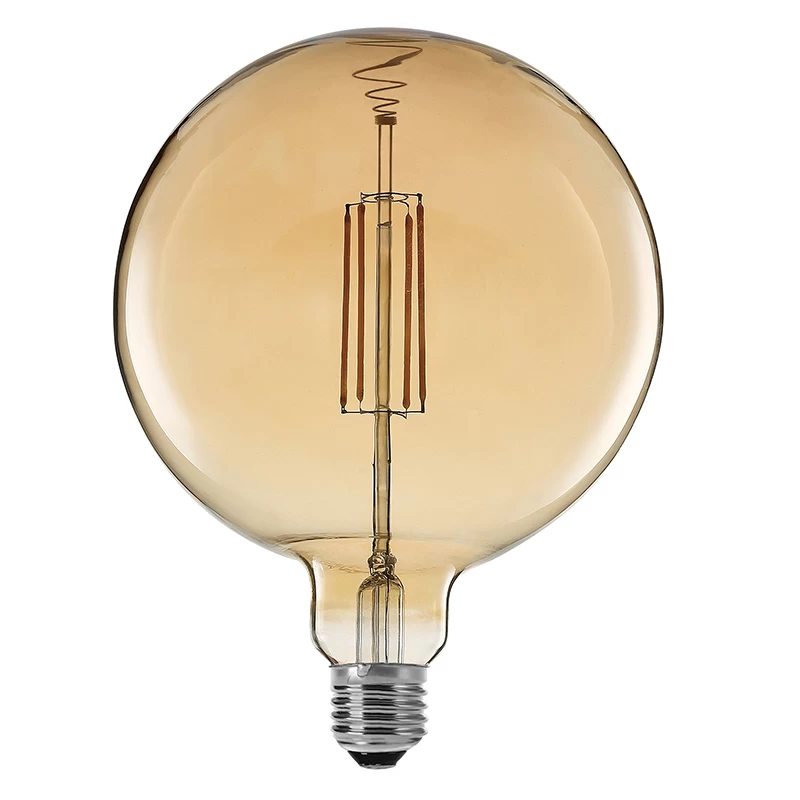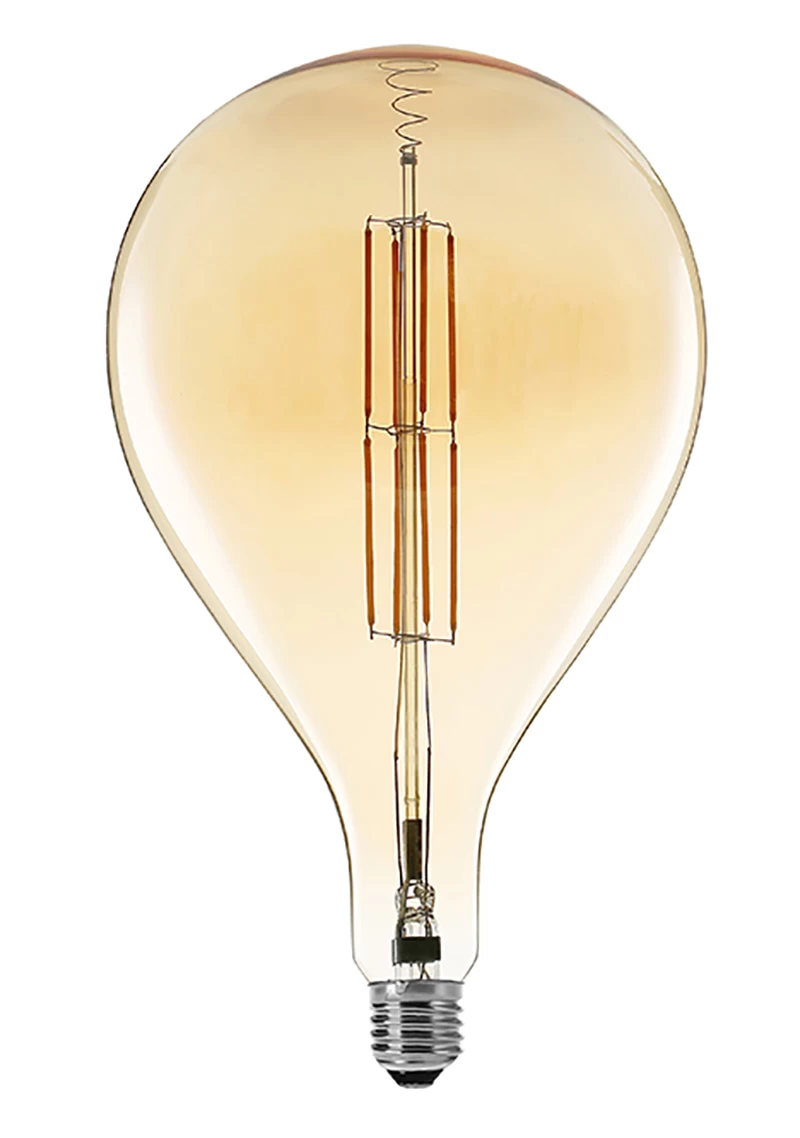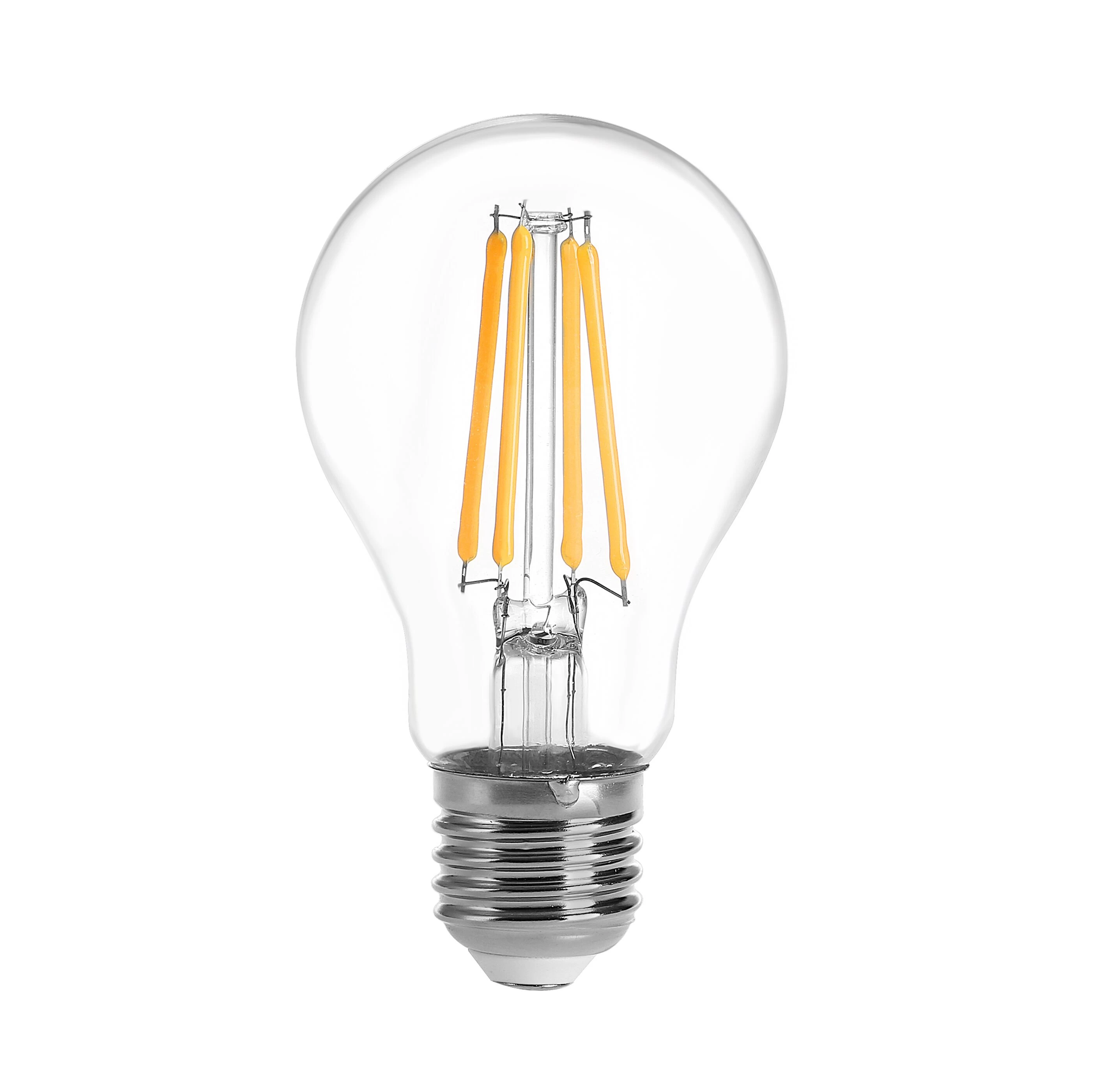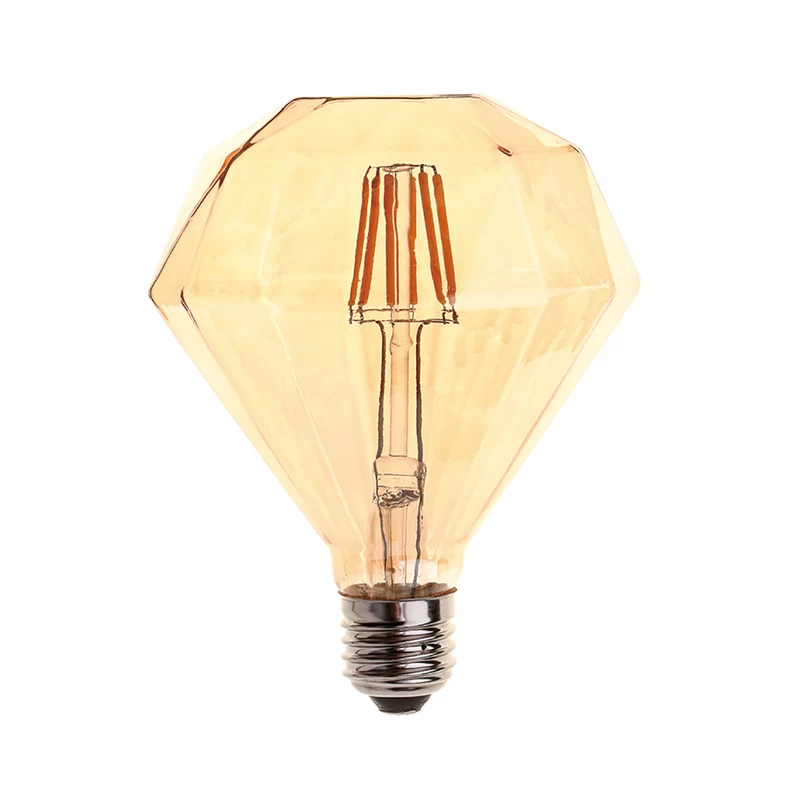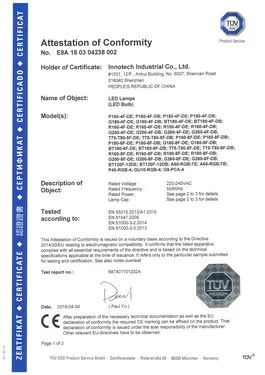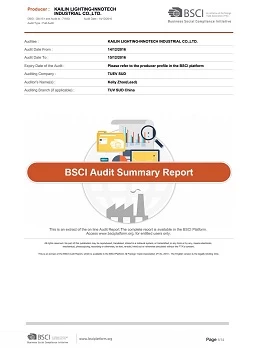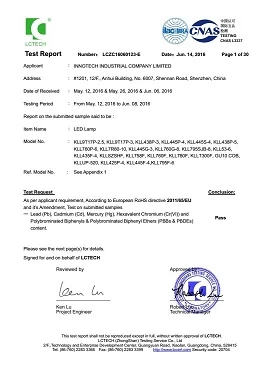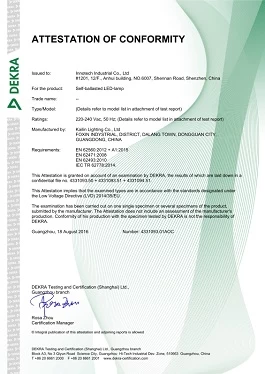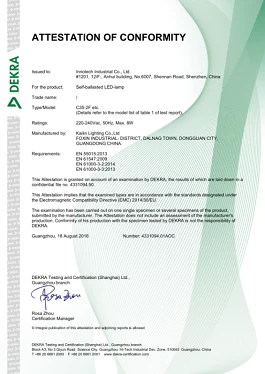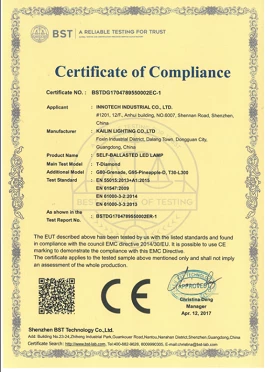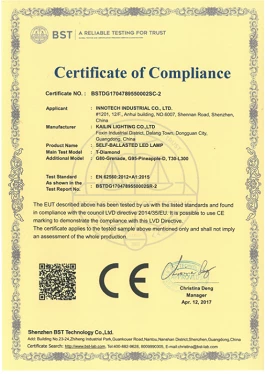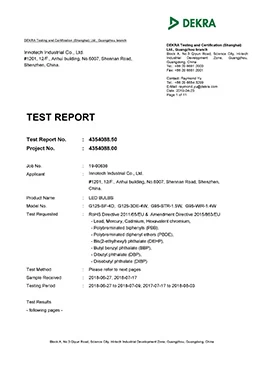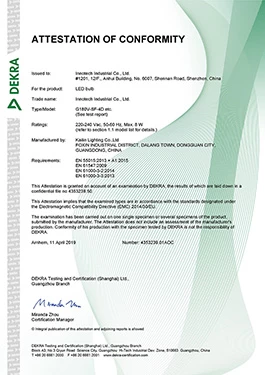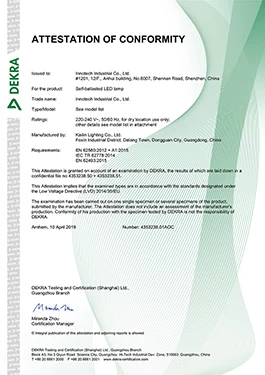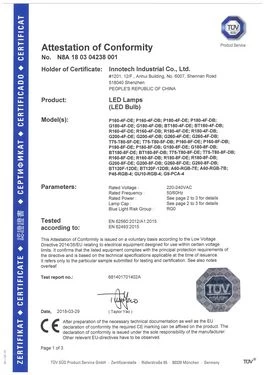US LED bulb prices increase
The mainland has a comparative advantage in the manufacture of LED tubes and LED bulbs. The first wave of tariff adjustments in the Sino-US trade war has not seen the transfer effect.

Vintage LED Filament Bulbs supplier
Affected by the high tariffs between China and the United States, the brand factory began to pass the tariff burden. The price of LED bulbs replacing 40W and 60W incandescent lamps in the United States increased by 4.3% and 3.6% respectively in September. The increase was more than that in August and was continuous. In the second month, the increase was raised. However, domestic manufacturers said that the mainland is still the manufacturing cost of LED bulbs and lamps, and the price is relatively advantageous. In the short term, the transfer effect is not seen.
The latest price report, in September, the global LED bulb price replaced the 40W, 60W price rose by 1.2%, 0.7%, especially in the United States, due to the impact of trade warfare tariffs, brand manufacturers have begun to increase product prices, will The tariff burden was passed on to consumers. In August, the average retail price of LED bulbs replacing 40W and 60W incandescent lamps rose by 4.3% and 3.6% respectively. In addition, many smart lighting products returned to the market at high prices, which also led to an increase in the average price of the US market. .

While observing the price in August, the US region replaced 40W and 60W LED bulbs with an increase of 2.7% and 1.3%. The LED bulbs that never increased in the past have been raised for the second consecutive month, and the increase has shown signs of expansion.
If the Sino-US trade war is warming up, will the price of LED bulbs that continue to increase will have a transfer effect on Taiwanese factories? LED chip makers (2448) said that the mainland is still relatively advantageous in the manufacture of LED tubes and LED bulbs. Even if tariffs are raised, OEM prices are still quite competitive, plus Taiwanese factories are LED wafer fabs or packaging plants have expanded their transformation efforts and tried to reduce the proportion of general lighting revenue. Therefore, the first wave of tariff adjustments can not see the transfer effect.
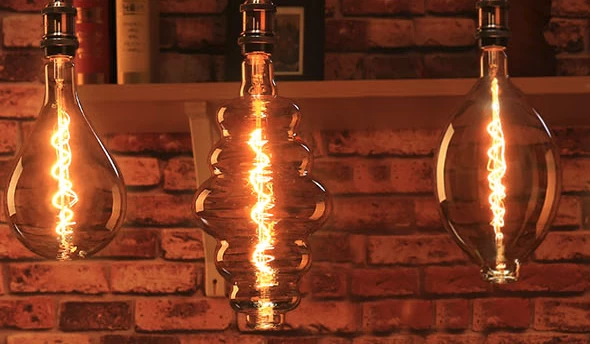
However, the Sino-US trade war has already caused a wait-and-see atmosphere for the overall terminal demand. Jingdian pointed out that in September, it has been able to see the specifications of the previous queues, customers shrink, orders have been repaired, and currently only ultra-bright blue LEDs (UHB) is fully loaded, and the impact of the trade war on the LED industry remains to be seen.

 +
+




